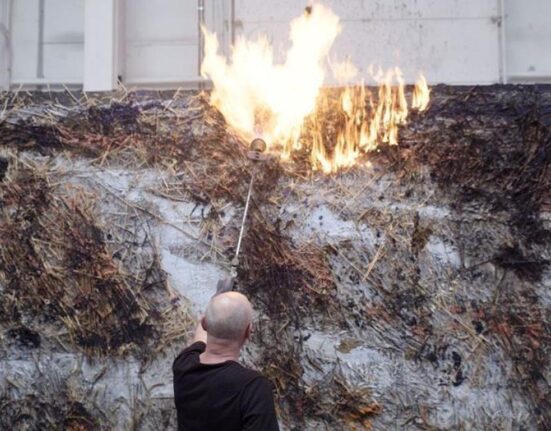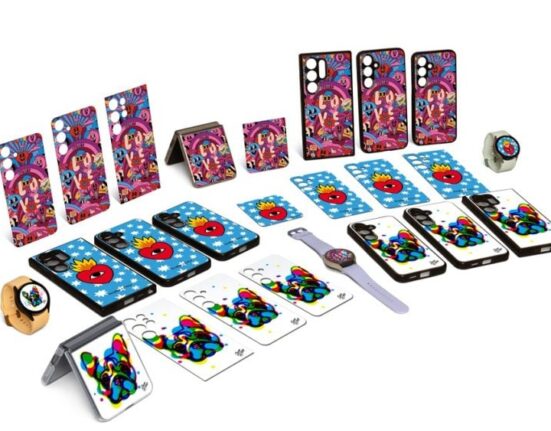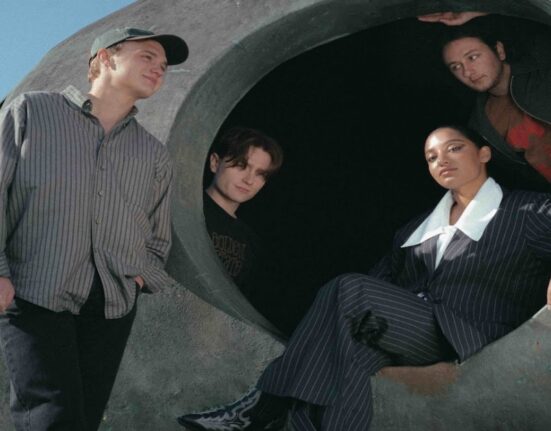The National Museum – Palace of the Grand Dukes of Lithuania has received a gift from Dr Pranas Kiznis: 26 paintings representing 15th–17th-century Western European art are being transferred to the museum. Dr Pranas Kiznis is gifting some of them to the National Museum – Palace of the Grand Dukes of Lithuania, while others are being offered for long-term exposition. This new gift adds to the patron’s existing picture gallery, which has been housed in the museum for several years already. From now on, visitors coming to the National Museum – Palace of the Grand Dukes of Lithuania will be able to admire Kiznis’ collection of paintings, formed after long years of scouring European auctions and private collections and based on historical sources alluding to which particular artworks made up the collection of the rulers of the Grand Duchy of Lithuania, and which painting schools they represented.
Patronage inspires
The paintings were acquired as part of the continuing cooperation between Dr P. Kiznis, the National Museum – Palace of the Grand Dukes of Lithuania and the best art specialists and restorers in Lithuania. Dr P. Kiznis’ meaningful decision to support the National Museum – Palace of the Grand Dukes of Lithuania to restore the beauty once housed within these walls is nothing less than an inspiring example of patronage. The new collection delves deeper into the earlier layers of West European art, allowing us to feel the spirit of European culture exuded by the Palace of the Grand Dukes, while also enriching our national art collections.
Italian, Flemish and French artworks
More than ten works by Italian artists are being added to the exposition at the National Museum – Palace of the Grand Dukes of Lithuania, including ones by Ambrogio da Fossano (ca 1452–1523), Giampietro Silvio (ca 1495–1552), Jacopo Ligozzi (1547/1552–1627), Palma il Giovane (ca 1550–1628), Francesco Curradi (1570–1661) and Filippo Gagliardi (1606–1659). One of the most impressive accents in this latest collection is the work Narcissus, by the famous 17th-century Genoan painter and follower of Caravaggio (1571–1610), Giovanni Andrea De Ferrari (ca 1598–1669). The collection is also enriched by four Flemish painters’ works – Adam van Noort (1562–1641), Lodewijk Toeput (ca 1550 – 1603–1605), Jan Brueghel (1601–1678) and Cornelis de Baellieur (1607–1671), a canvas by the French artist Charles Dauphin (ca 1620/1628–1677/1678) and several 16th-century works whose authors have not been identified.
Patronage – still a rare phenomenon in Lithuania
This is already the second exceptionally valuable gift from Dr P. Kiznis to the National Museum – Palace of the Grand Dukes of Lithuania, and also all of Lithuanian society, contributing significantly to our country’s art treasures fund. Cultural sponsor Dr. Kiznis has gifted some paintings to the National Museum – Palace of the Grand Dukes of Lithuania, while the other paintings have been given to the museum for permanent exposition and protection for a period of twenty or more years. This is an exceptionally rare gesture in the history of Lithuanian museology, and one that is surely to be followed, when the efforts and generosity of one individual allows the museum to adorn its walls and spaces not just with one or two works, but a whole collection of valuable early paintings. Collector and patron Dr P. Kiznis’ picture gallery, now enhanced with new works, has made the art collection of the National Museum – Palace of the Grand Dukes of Lithuania more mature and representative.
The exposition is reminiscent of historic aristocratic palaces
The Dr P. Kiznis Picture Gallery is exhibited over two halls of the National Museum – Palace of the Grand Dukes of Lithuania in the same way as galleries used to be curated several hundred years ago – the works are grouped over several levels so as to cover the surface of the walls. Similar historic galleries can still be seen in historic aristocratic palaces in Rome and Florence, e.g. the Doria-Pamphilij, Colonna, Spada, Corsini and Pitti palaces. The historic picture gallery of impressive paintings, now enhanced with even more valuable works, will now be open to the public in Vilnius, in the reconstructed Palace of the Grand Dukes of Lithuania.
What kind of collection had the Jagiellon and Vasa dynasties accumulated?
Historical sources mention that in the 16th–17th centuries, one or several halls in the Vilnius palace housed the painting gallery of the Jagiellon and Vasa dynasties. It was precisely at this time that the residence of the Lithuanian grand dukes in Vilnius was a European-grade centre of culture and art, while the rulers Sigismund Augustus, Sigismund Vasa and Ladislaus Vasa would acquire artworks via intermediaries in Rome, Florence, Venice, Naples and other Italian cities. A number of paintings entered the collections of Lithuania’s and Poland’s rulers as diplomatic gifts as well.
In later years, these early European art treasures were devastated and plundered for centuries as the art collections carefully assembled by Lithuania’s grand dukes became scattered all over the world. Thanks to the generous patron Dr P. Kiznis, the valuable art collection being returned to the residence of Lithuania’s rulers will allow visitors to witness how the Palace of the Grand Dukes of Lithuania could have looked at the height of its efflorescence.







